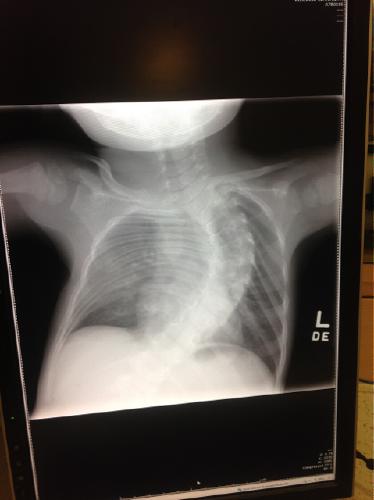We are from a small Midwest town in KS and before the arrival of my 3rd beautiful baby girl on new years eve, 2003, I confess I had never even heard of infantile scoliosis. Utterly uninformed and ill prepared, I had no inkling that within a years time, not only would I have become fluent in the medical terminology, but I would also learn through many slammed doors that this diagnosis can also carry with it a death sentence.
Eliana Jeanne was born at 30 weeks gestation due to my out of control eclampsia/HELLP syndrome and underlying issues. With a birth weight of 2 lbs. 12 oz, she had experienced growth restriction and was tiny for 30 weeks. In spite of the steroid injection for her lungs before birth, they were still seriously under developed and that coupled with a diagnosis of both annular pancreas requiring high risk duodenum resegmentation within 24 hours and an atrial septal defect in her heart, we weren’t given lots of reason to be hopeful. As I nearly simultaneaously met my daughter, I was trying to kiss the air around her hard enough to say goodbye should that be the last time I saw her beautiful tiny pink face. She was given a 15% chance of surviving surgery and coupled with the mounting complications of prematurity, we were given a grim prognosis. Complications of a noscommial strep B infection through her cvc line and a left germinal matrix brain hemorrhage were just two of the life threatening challenges she faced. Over the course of the next 3 long months in the NICU, she battled her way back from deaths door more than once and I became forever changed by the tenacity of spirit I witnessed daily in such a tiny fragile vessel.
Interestingly enough her spine was however…never an issue. Spina bifida oculta ruled out, although there was present evidence of a small sinus dermal tract to her tailbone. It was closed and her spine was perfect. Proven over and over while keeping a close eye upon her lungs. Her perfectly straight spine apparent, week after week in the the chest films taken to warn of pneumonia or scaring. Finally at 3 months old, we took our very tiny miracle, heart monitor and all, home. Thriving now, all things felt possible given enough time, and our lives fell into one of predictable routine. In the weeks preparing for her 6 mo. well baby check, we began growing increasingly concerned about a slightly perceptible shift in her chest wall in the roundness of our grasp…and the fact she always slumped to the left unless being held. After passing her check up with flying colors, her doctor assured me that I was seeing issues out of fear and that I needed to accept that she was healthy now. I politely stated that I would do so as soon as I saw a chest film, and they needed to accept I had no intention of leaving without one. The look on the man’s pale face after returning with her films is one ill never forget, as it would become a repeating vignette over the next 6 months. We were looking at a right thoracic curve with a 55 degree cobb angle, 30 degrees of kyphosis and severe rotation in a spine that had been perfectly straight a mere 3 months prior. In 30 yrs of practice he’d never seen it before, nor did he know how to help us. He did however promise to help us find someone who did, and with that began our Scoliosis journey.
Starting at the closest major city, MRI films in hand, we began ping ponging around in an ever expanding circle of specialists. By our 3rd apointment we were given a traction suit of velcro & straps to derotate her spine, but did nothing except made her uncomfortable. Wait and see they said. More hopeful for our 4th opinion, we forged ahead to that of a highly acclaimed surgeon in St. Louis when she was 10 months old. She barely weighed 11 lbs and by this point had progressed to a lethal 100 degrees with 60 of kyphosis. No congenital reasons, no malformations, hemi vertebrae or underlying diagnosis. Idiopathic and a complete mystery, yet deemed the most severe in its nature. All that was certain was that in conjunction with her underlying lung and heart complications from birth, we were running out of time, so quickly my mind balked at taking its measure. “Wait and see” had become the only option given us due to her size but it was clear now however with her rotation deemed relentless that waiting had never been a viable option. Out of desperation at home we were using a modified gait walker to literally hang her from just below the arms in ‘traction’ several times a day and I had begun doing my own research. It was when “bring her back in 6 months, lets wait and see” was repeated by this renound surgeon, that I first uttered the word casting to this Dr.
True, I admitted, I knew nothing about it, but I was certain what more time would bring and I was willing to try anything at this point. It was also then that his demeanor shifted to one decidedly more curt and his response left me deflated and hopeless. Surgical intervention was not possible due to her small size and severity. I needed to come to terms with it, take her home and keep her comfortable. “Enjoy her while I had her, and we would see where we were in 6 months”. I knew where my baby would be in six months and it made me reel with anger. In disbelief that he was actually just giving up, I again pressed the topic of casting. This time he was entirely dismissive, called it barbaric and questioned what sort of parent would put their child through that. When I stated there was no need for another appointment in 6 months because I deemed waiting & watching her die ‘barbaric’, and that we would be seeking another opinion, he abruptly stood to leave and with the parting statement, “another opinion will probably only confuse you, but of course that is your prerogative” …he disappeared from the room…and so did we, never to look back.
I want to be clear at this point that I am in no way disparaging the hospital in St. Louis, or even this Dr. Merely stating that in 2003, there was vast ignorance regarding the effectiveness of this treatment. In an ironic twist, I later saw this very surgeon that had given us no hope, years later in another panel of specialists there in SLC to learn. I wonder sometimes if it was Elianas updated presentation or her face that struck a chord to his memory…because on that day in the shriners lobby, he was silent but stared long and hard. You see, I had sent him a letter a couple years prior with a picture of Eliana at an age he said she’d never attain with a mere reminder that the option he’d dismissed as barbaric and old school, had managed to do what the surgical approach could not, and humbly asked him to keep an open mind. I was happy to see by his presence that maybe he did.
Far more compassion came from our next appointment in Denver, but sadly, no difference of opinion. 12 months old now and 110 degrees, sleep was fitful at best every night. The evening after our 5 th opinion, in my despair I stumbled across a parent support group online called I.S.O.P. The next morning after being granted access to this group…I finally gasped my first decent breath in months as I began pouring over the data in the links provided on the sight. Information about Dr. Min H. Mehta and her serial casting approach as a means to in some, cure, but in others, to buy precious time to grow. It was the first ray of hope afforded us since this had all started and I immersed myself in it into the early morning. Through the guidance and wisdom of the sites founder, Heather Hyatt Montoya, and her own incredible journey to help her daughter…the links to data published in Europe along with the support of parents on the site who helped narrow my focus, I settled upon the Shriners Hospital in Salt Lake City, Utah. Casting was available there and although retired, Dr. Min Mehta herself was traveling there for the very first Early Treatment Trial Project, showcasing her 40 years of data and bringing her style to the interested Dr.s here in the states. Eliana recieved her first cast at 13 mo old, in early stage cardiac failure from the pressure of her own tiny spine. Although her first cast was not a Mehta style e.d.f. cast (the first E.T.T.P was a couple months away) it saved her life and I attended that life changing conference with my once again thriving and growing baby girl.Every subsequent cast, starting with #2, through #33 which she is wearing now, nearly 10 years later, have been Mehta’s style growth guidance casts that have saved her life & become part of us now.
At 13 months, 115 degrees, 80 kyphosis and early stage cardiac failure… Eliana received her first cast with scaresly a second left to spare. We managed to harness one precious year of rapid infancy type growth before the rigidity of her curves made it become obvious that casting might not be a cure for us, but it has without a doubt become the one and only life saving tool with which we bought my daughter precious time to get to where she is now. Happy, healthy, beautiful, nearly 11 year old girl who is now big enough to embark upon the next step in her journey. We begin halo gravity traction in about 3 weeks in our hospital home away from home, and then on to growth rod surgery. A new approach brought to fruition within the last couple years, invented during this precious time the casts have purchased us.
I sobbed the first time I shook Dr. Mehta’s hand at that first ETTP, in awe of all that I’d been so lucky to find. It was a lifesaving miracle and I will forever owe Min Mehta’s research, our Doctors willingness and I.S.O.P’s assistance, an impossible debt. To that end is why I write this. I owe it to them and to every parent out there who has sat, blinking back tears at a computer screen desperate to find something that can at the very least offer a modicum of time. There is much more acceptance of this treatment now than the beginning of our journey thanks in large part to I.S.O.P. However as is true of all things in this age of information, there is much mis-information out there as well and sadly many children are still falling through the cracks. Its become increasingly clear to me how paramount getting out the accurate information is becoming.
I must state for the sake of that accuracy, and honesty, it was a very difficult thing to go through, that first cast. In spite of the fact it saved her life I still caught myself wondering as she cried nearly inconsolably upon first waking, “my God what have I done?” I thought it for hours as she barely ate and as I floundered at attempt upon attempt to get her diaper on, as she lie there already soaked in pee up her back within hours of what was meant to be a 3 month cast. Once the tears from the procedure subsided, the tears of frustration kicked in from it taking her newly acquired ability to crawl the first couple days, and now I cried openly with her. With each day however we both grew stronger and more accustom. She quickly learned to crawl again, and I how to care for the diapering and cast. She even learned to walk, all the while in a cast…and a small bike helmet for good measure, (we had hardwood floors). Each successive casting grew more manageable as we both learned what to expect…and the bounce back time has shortened after each and every cast since. She is now nearly 11 years old…and in her 33rd cast. Braces, although effective for some, don’t hold her rotation and at this point, stabilization is what we’re cultivating. Casting will not be a cure for my girl, but it has purchased us precious time to grow, and run and laugh and live a remarkably normal childhood. Thanks to casting, again like when I first brought her home, all things seem possible, given enough time.
Its why I feel compelled to say, don’t ever give up in pursuit of another opinion if your not being heard. Don’t believe every casting approach is the same, they are not. Pursue the data, the lions share of which came from the lifelong devotion and research of Dr. Min H. Mehta and has been made available through I.S.O.P. Don’t believe it if your told this approach is the old way or that its barbaric, it is not. Don’t accept “wait and see” in a curve you see with an increasing RVAD, the first couple of years when most flexible is time you cannot get back. We learned the hard way. Try to not get too caught up in the numbers. Its a marathon, not a sprint. More than that though, she’s absolutely thriving! Growing and attending school with her peers. Its true, impatience has lead me to other research just as I am certain we all have at some point…but it all leads to one inescapable truth. If I could leave you with one final thought it would be of that truth. Once instrumentation is introduced into the body the odds of complication are nearly 100%. If you think there is even the potential for this gentle, non invasive approach to help your young child…I implore you to empower yourself.
God bless
Carrie J. Halfhide

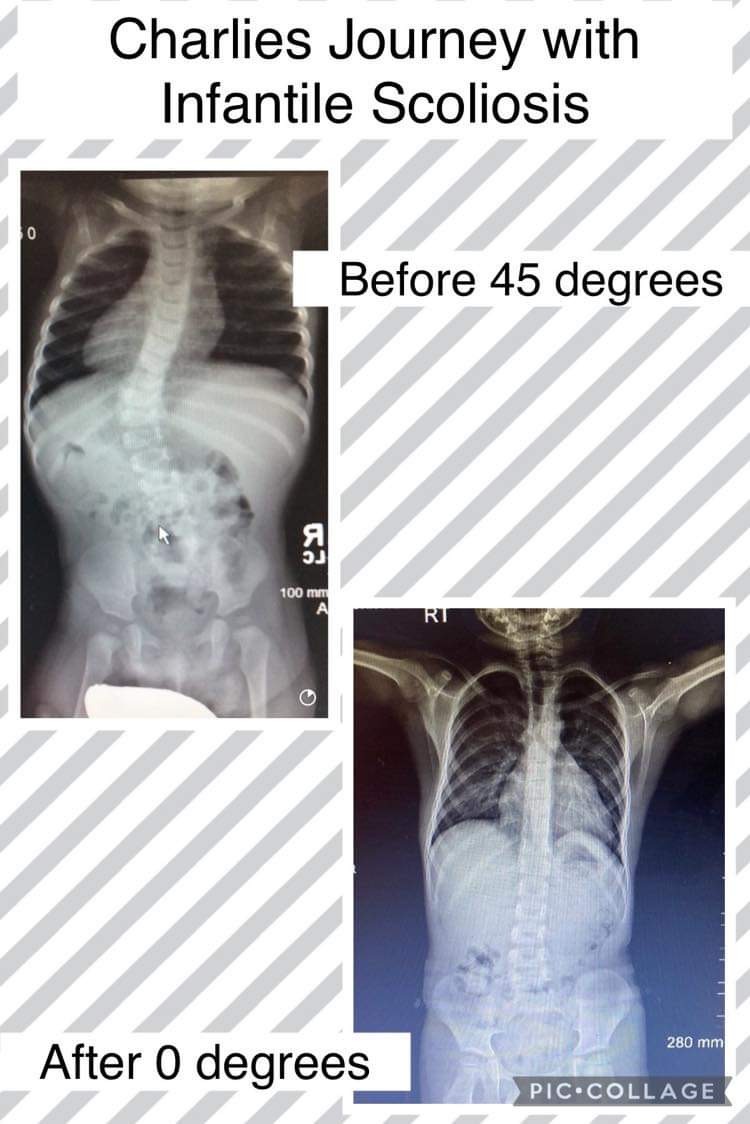

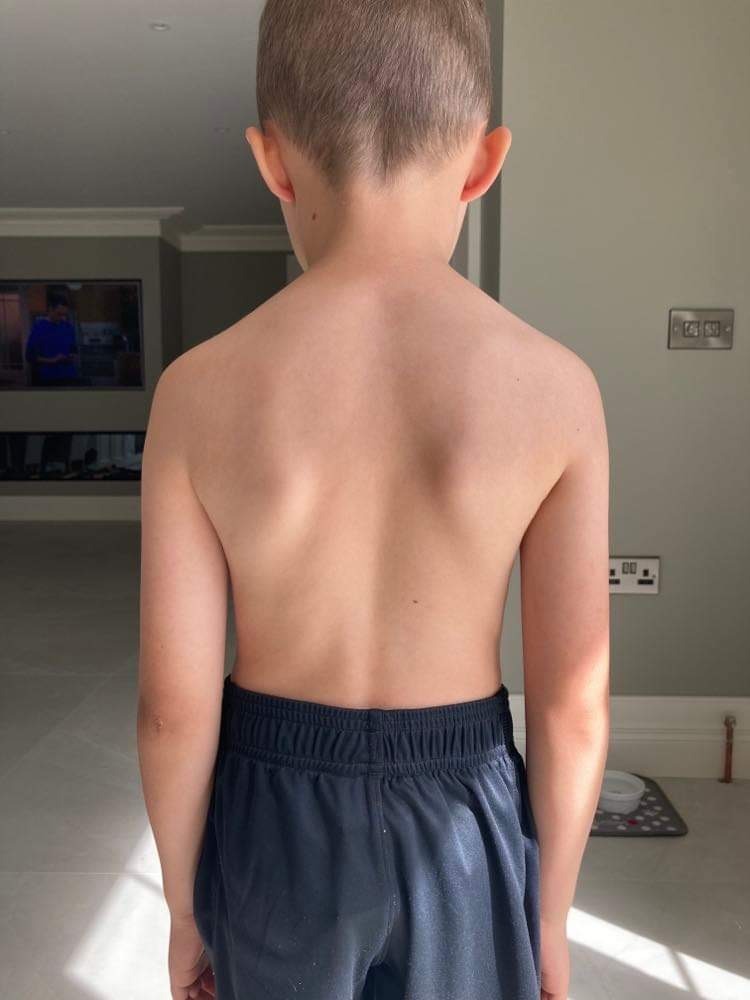

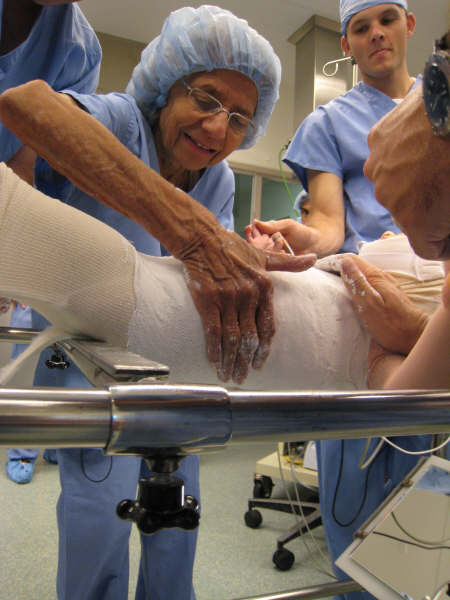 For thousands of families across the world and for ACCO, 2005 was one of those remarkable times when we experienced a significant sea change in the treatment of very young children with a diagnosis of life threatening Progressive Infantile Scoliosis.
For thousands of families across the world and for ACCO, 2005 was one of those remarkable times when we experienced a significant sea change in the treatment of very young children with a diagnosis of life threatening Progressive Infantile Scoliosis.
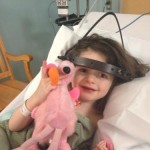

 Maggie’s surgery was scheduled a couple days after her fourth birthday. We told her staying in the hospital would mean as many movies as she wanted – she was very excited. The surgery took three hours, three nerve-wracking hours, full of pacing, staring at each other, and mindlessly surfing the internet. She metabolized the anesthesia very quickly, and woke up fast and disoriented in the PICU, without us there. When we were finally allowed back, it took my wife a long time to calm Maggie down. Sleeping in hospitals is the absolute worst: two days in the PICU, and 4 more in the recovery room put a huge strain on my wife, who would not leave. Maggie’s condition was sub-par, she was unable to move her right arm (fingers moved though), her pain was high, and we were discharged with her hardly walking. A slow couple of weeks saw her going back to preschool an hour at a time, and some increased right arm movement. Then everything went bad, very bad…
Maggie’s surgery was scheduled a couple days after her fourth birthday. We told her staying in the hospital would mean as many movies as she wanted – she was very excited. The surgery took three hours, three nerve-wracking hours, full of pacing, staring at each other, and mindlessly surfing the internet. She metabolized the anesthesia very quickly, and woke up fast and disoriented in the PICU, without us there. When we were finally allowed back, it took my wife a long time to calm Maggie down. Sleeping in hospitals is the absolute worst: two days in the PICU, and 4 more in the recovery room put a huge strain on my wife, who would not leave. Maggie’s condition was sub-par, she was unable to move her right arm (fingers moved though), her pain was high, and we were discharged with her hardly walking. A slow couple of weeks saw her going back to preschool an hour at a time, and some increased right arm movement. Then everything went bad, very bad…